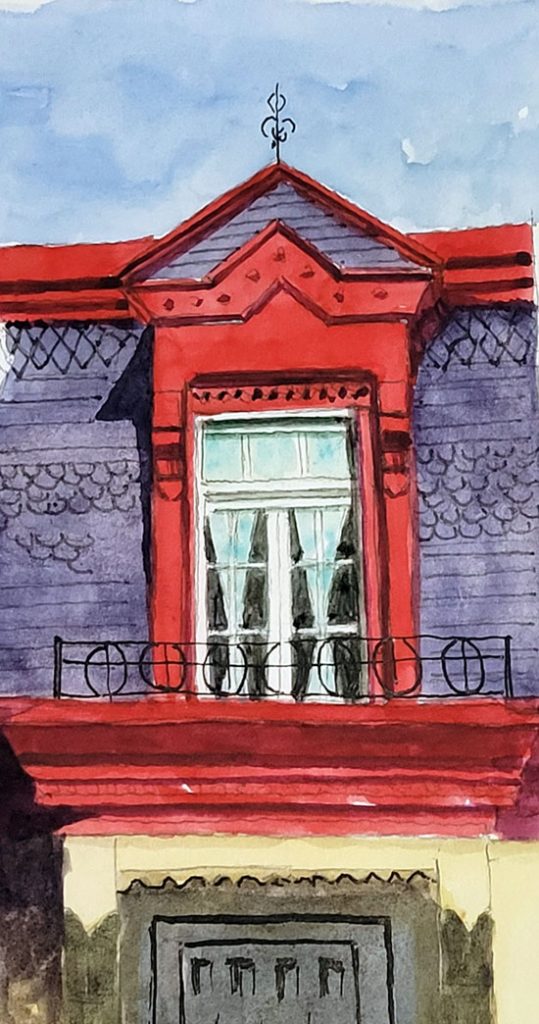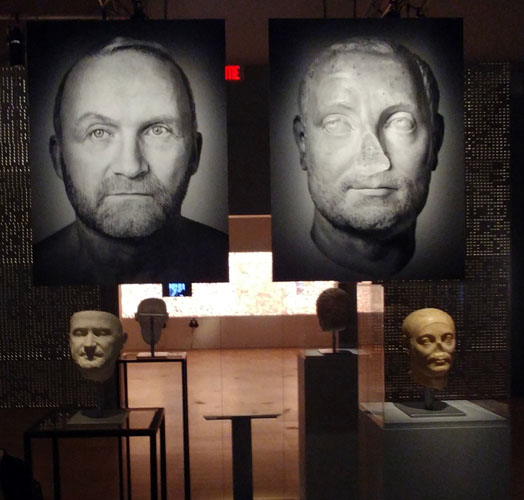While the COVID pandemic generated a bunch of negatives, there have also been positives. For instance, because Shari Blaukopf couldn’t travel or do her in-person workshops, she decided to produce a series of video watercolor workshops and made them available on her website.
I bought several of them and will probably buy more because the pricing makes them irresistable. There’s only one problem. Buying them didn’t make me a better painter. And while watching the videos taught me a bunch of stuff, this didn’t improve my painting abilities much either. Surprise, surprise.
Seems I’ve actually got to move a fuzzy stick around… a lot, if I’m going to improve and I’m not good with fuzzy sticks. My approach to “painting” has been to do a complete pen and ink drawing and then to quickly add local color, being sure to stay “inside the lines.” Most of the time, my paint detracts rather than enhances the original drawing. Painting Shari style isn’t like that at all (grin).
Shari starts each of her workshop studies with a pencil, drawing outlines of the major components. I’m not much of a pencil-driver either, but a pointy stick is a pointy stick and so I have no trouble with this step. Here’s my first attempt at painting a Victorian window:
It’s not horrible, but it’s not even close to Shari quality. My brushwork is sloppy. I expected that (see above about my fuzzy stick management), but it’s the other stuff that suggests I wasn’t paying attention.
- Shari explains how to mix paint to the right consistency. I was anything but consistent.
- Shari showed me how to create the dark red shadow color. Mine isn’t dark enough cuz I got caught by the watercolor “drying up.”
- And oh my goodness. Shari talks about painting linework with a rigger brush. I couldn’t get a paint mix that was dark enough and yet wet enough to do it at all so I resorted to a fude pen instead.
I love how she presents these workshops, though, and with more time with my fuzzy sticks, I just might figure out how to do it. Hope so. Thanks to Shari for making these workshops available. With my help I bet Shari CAN teach me to paint.














